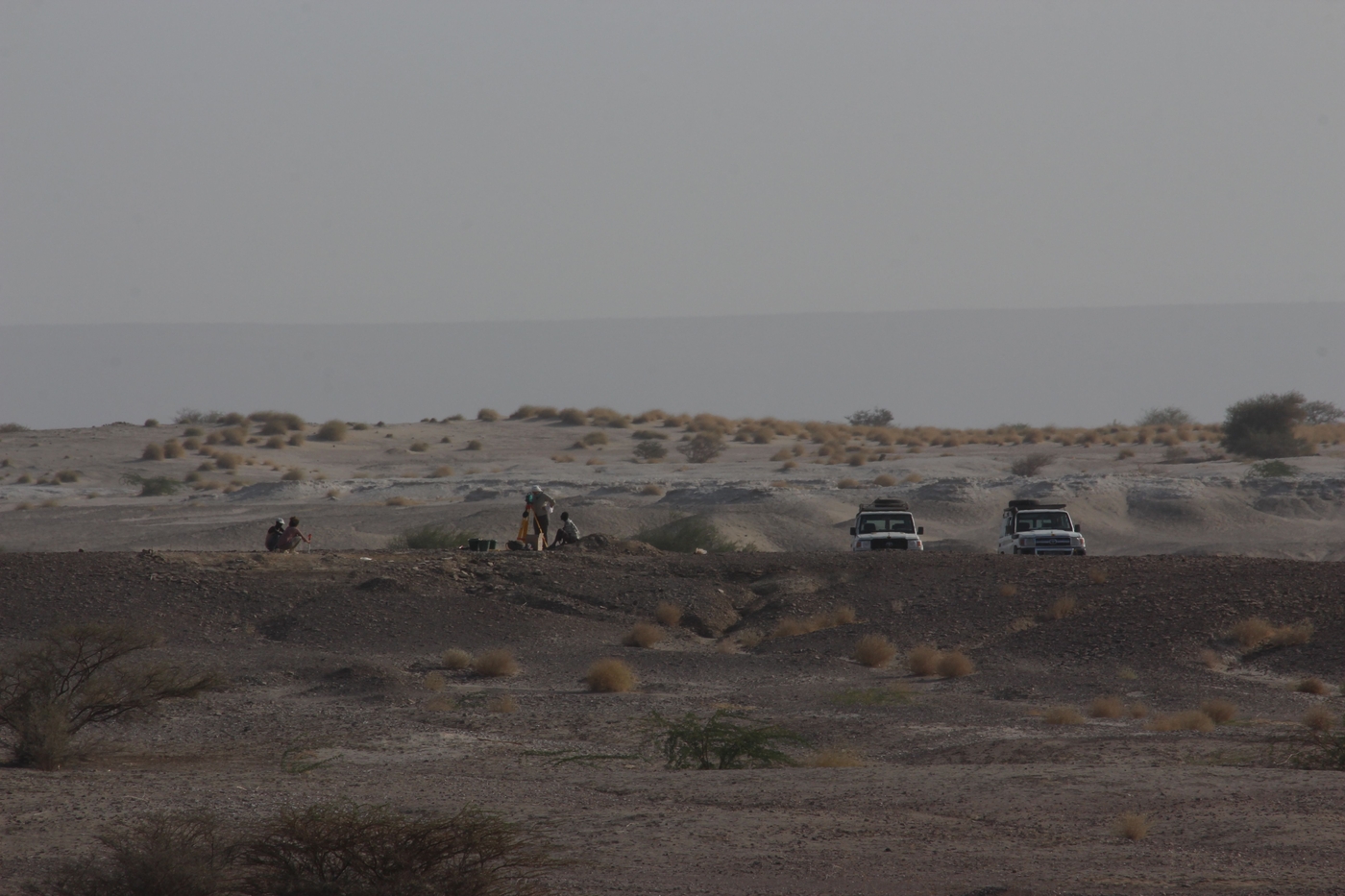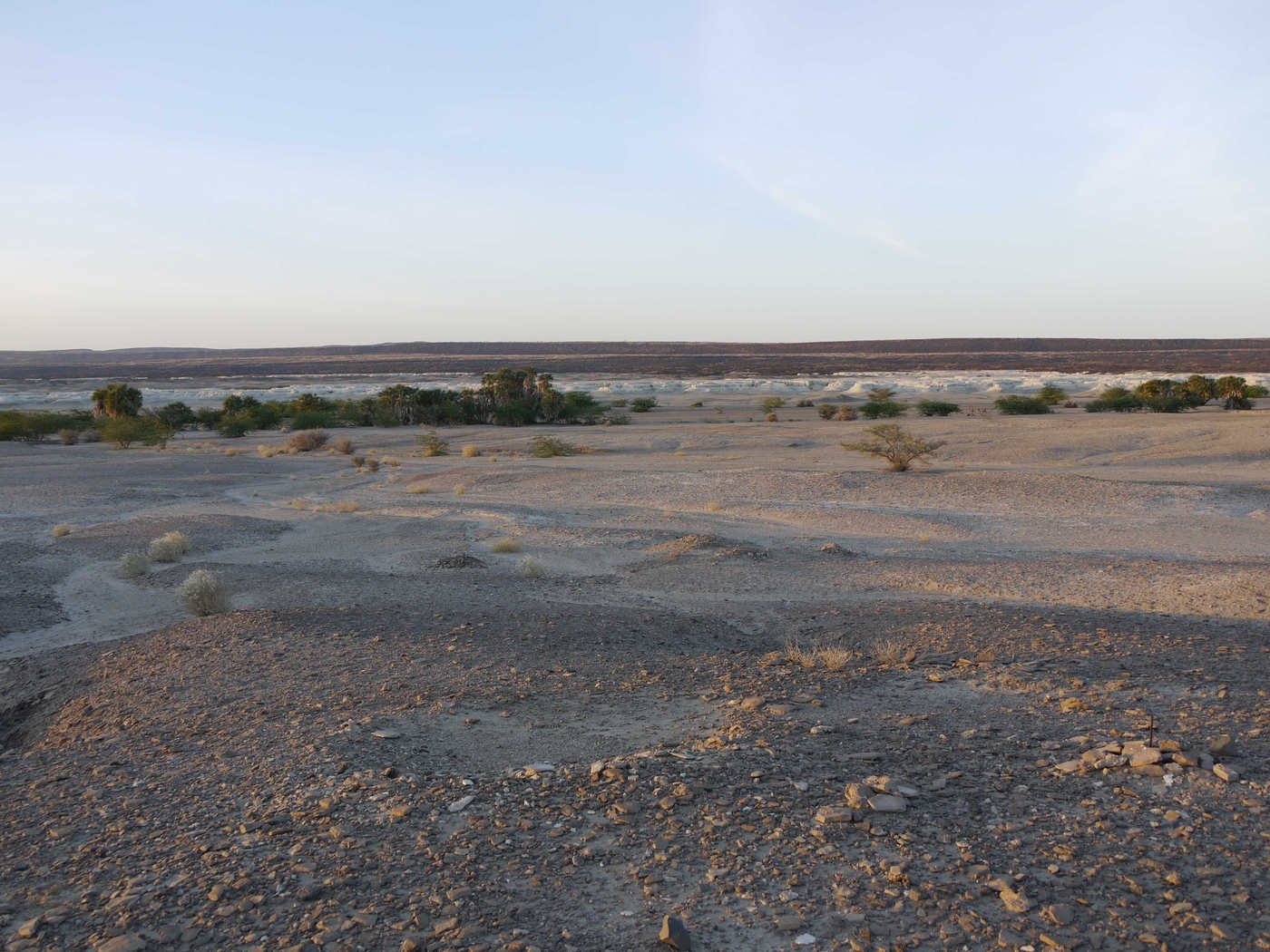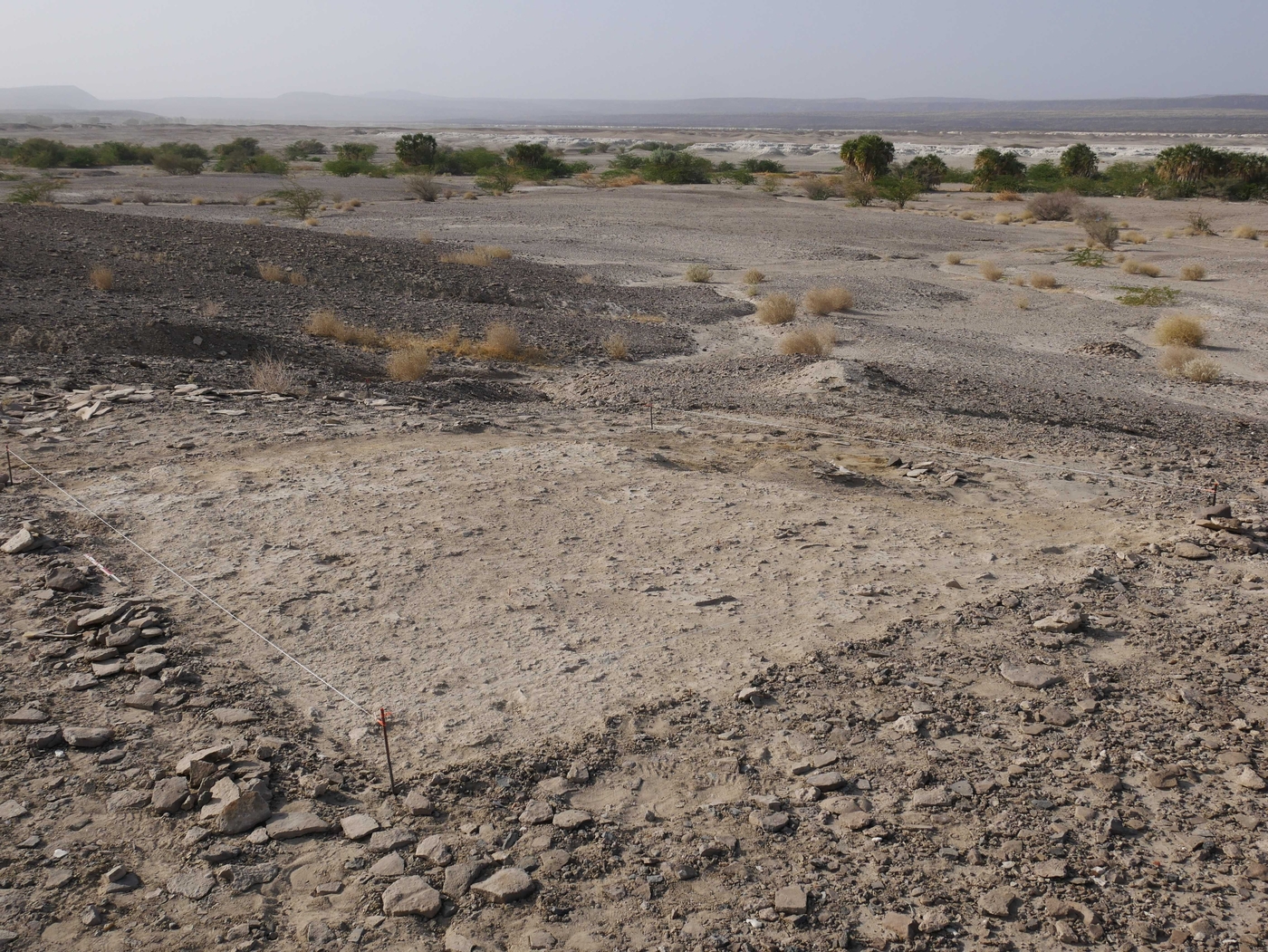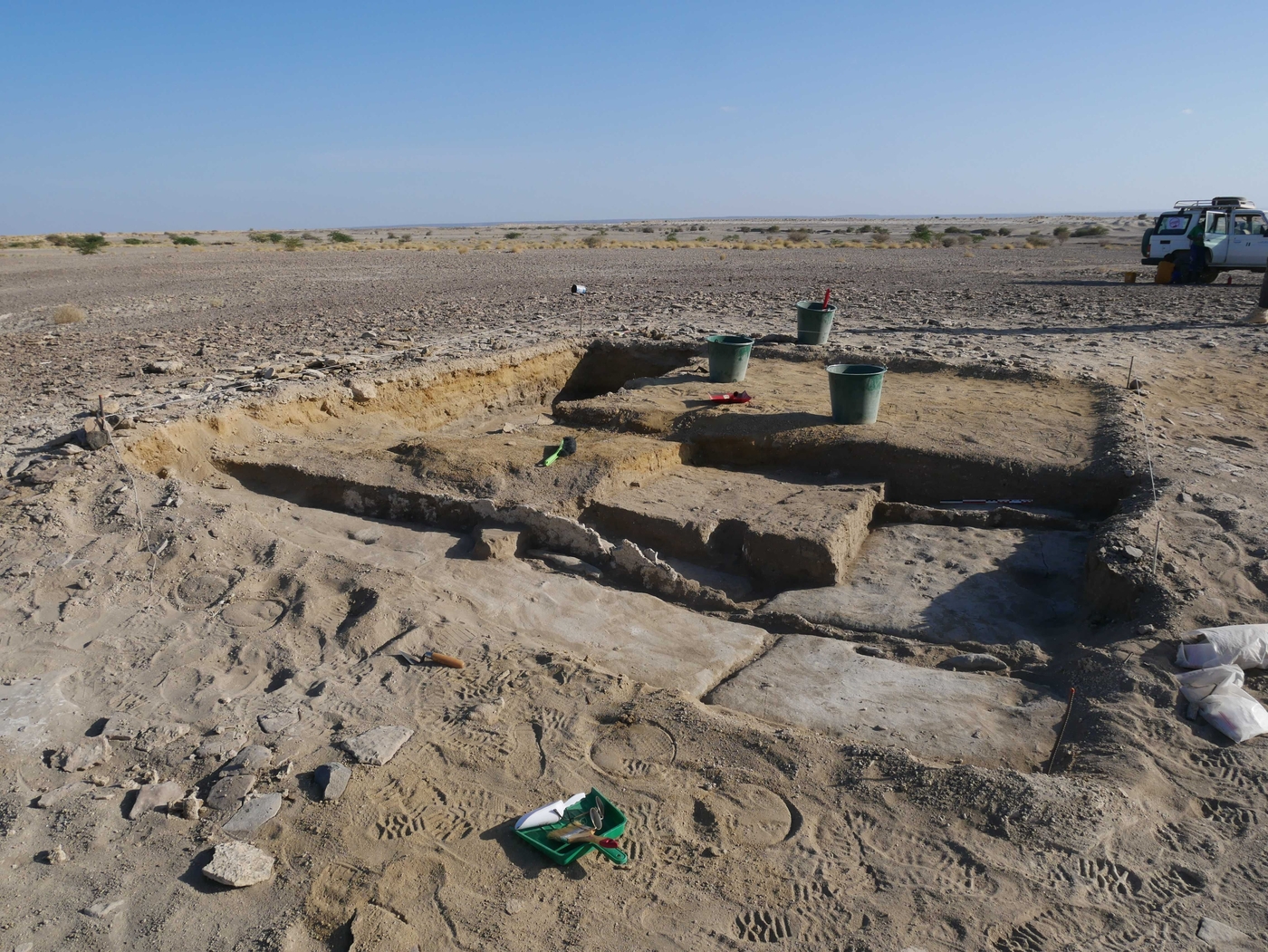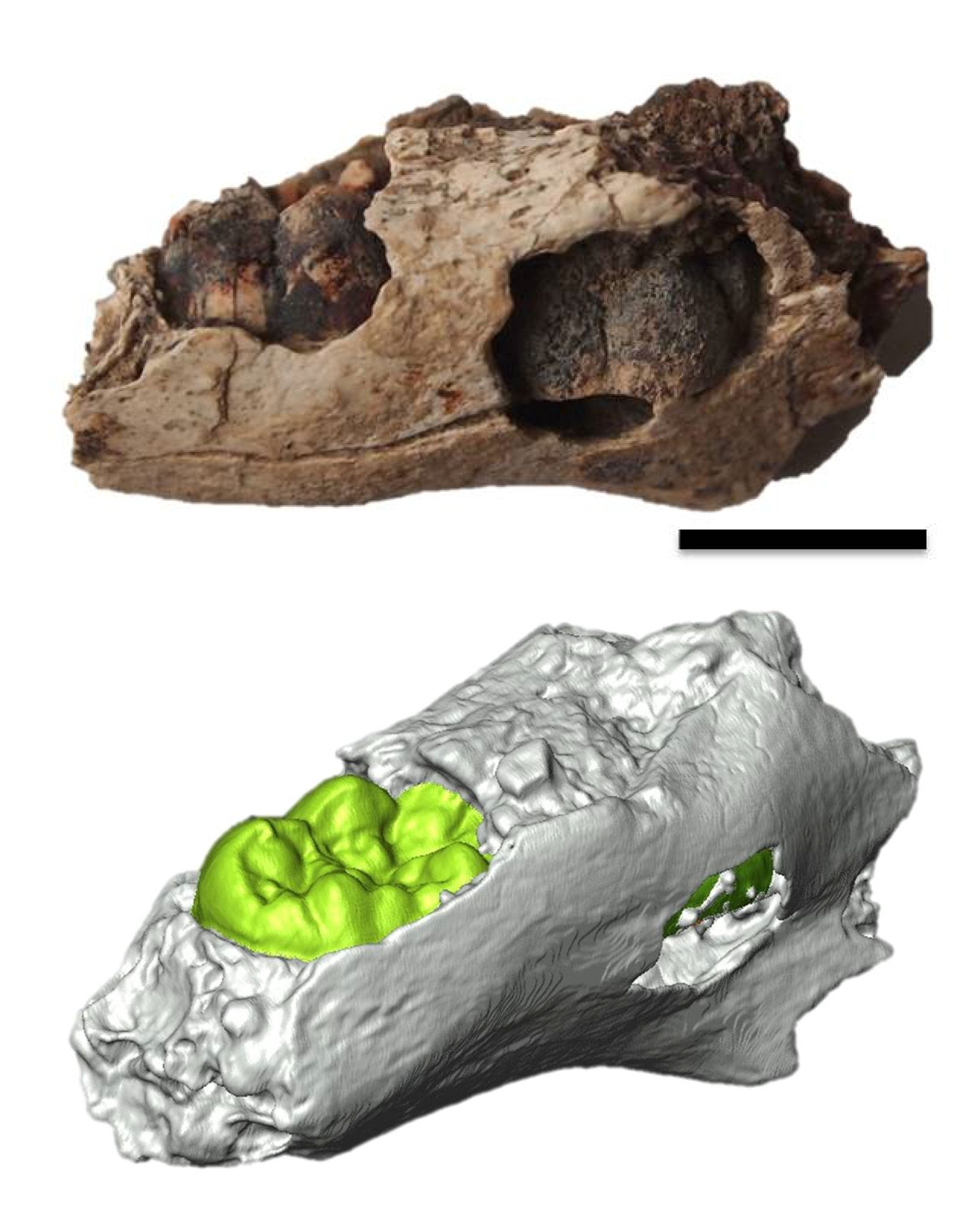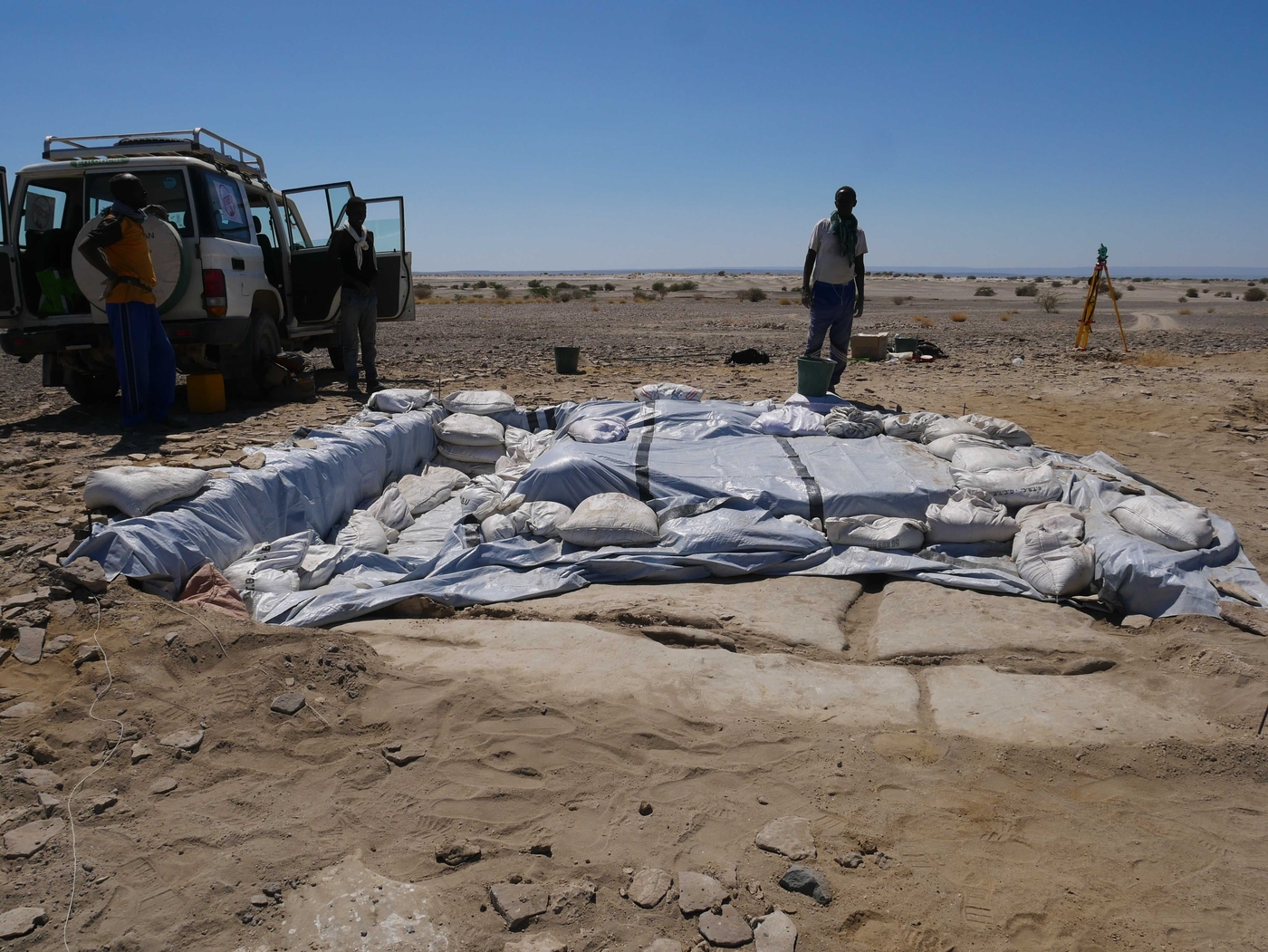Extremely rare human bone remains in East Africa
Dated to the end of the Late Pleistocene, the human remains found at the archaeological site of Hara Idé 3 are the only anthropological evidence of groups of hunter-gathers and fishers associated with the period of the last glacial maximum in the Horn of Africa.

Human remains
In 2003, the discovery of the Hara Idé 3 site and its excavation until 2005 as part of the French-Djiboutian archaeological mission brought to light several hundred fragmented human remains, many of which were already encrusted in a brecciated limestone matrix that covered almost the whole of the cortical surfaces. They were mechanically washed. Breccia is a conglomerate of detrital rocks formed by the mechanical degradation of other rocks, generally sedimentary, composed of fragments bound by natural cement. From this cement, palaeoanthropologists extracted the remains of seven individuals: three adults, a teenager, two young children (1.5 and 6 years old) and a child who died before or within a week of birth. More human remains have been discovered by archaeologists who have returned to the area since 2016 and in 2019 reopened the site, allowing them to more precisely date these deposits.
Two occupations
The site is organised into at least two phases: an initial occupation characterized by human remains dated to the end of the Late Pleistocene: 16th–12th millennium BCE. These bones are the remains of foot and hand phalanxes. The anatomical representation of the immature remains is more varied with the long bones of lower and upper limbs, the thoracic parts - vertebrae and ribs, and pelvis bones. The second occupation is attested by a small ditch in which faunal remains (fish and mammal) were found, along with obsidian tools and flakes and the shell of the tunic of ostrich eggs, dated to the early 10th millennium BCE.
An essential site
The rarity of human remains in the Horn of Africa from the end of the Pleistocene and the identification of the specific phenotypical characteristics of rare fossils recorded for this period raise the question of settlement processes in north-east Africa. In a region of the world for which so few records exist, this site is essential to understanding the adaptation and/or isolation of the last hunter-gatherer and fisher populations in the region during these periods of significant climate change – the last glacial maximum and the early Holocene.
About the mission
The Premières Sociétés de Production dans la Corne de l’Afrique mission (French Ministry for Europe and Foreign Affairs and IRAH in Djibouti) has been directed since 2013 by J. Cauliez (CNRS, UMR 5608 Toulouse). It was created in 1984 by R. Joussaume and led from 2001 to 2013 by X. Gutherz.
Project supported by the French Ministry for Europe and Foreign Affairs on the advice of the Excavation Committee (Commission des fouilles).
The mission’s other sites:
Useful links
- Presentation of the mission on the website of the Laboratoire Traces UMR 5608 – Toulouse
- The mission has been awarded the SEEG label: Global ecology study sites or SEEG (CNRS – INEE programme)
- Mission implemented under an agreement with the Centre Français des Études Ethiopiennes IFRE 23 – USR 3127, Addis Ababa, Ethiopia
- Mission implemented in partnership with the Institut des Déserts et des Steppes
- Sponsorship


